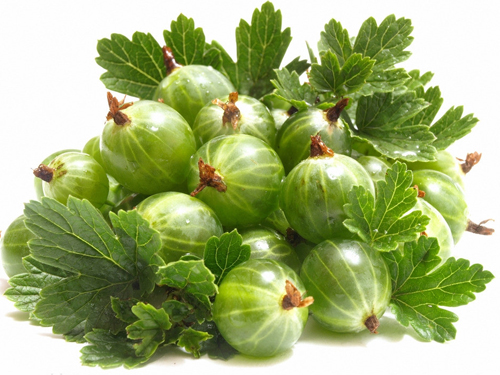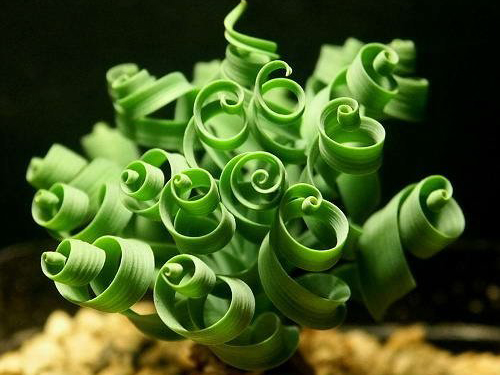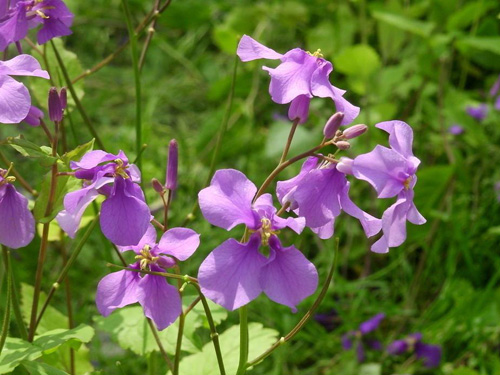Cultivation techniques of figs
Fig (ficus carica) belongs to the genus Ficus of Moraceae, which is nicknamed Zhenshu, Ayi and Yingri Fruit.
Figs are deciduous trees or shrubs. Branchlets stout glabrous, leaf blade Obovate or suborbicular, 3-5-parted, apex obtuse, base cordate, margin irregularly serrate, rough above, hirsute below, petiole long. Flowers unisexual, monoecious, born in the inflorescence receptacle, called cryptocephalus, perianth inconspicuous, so it has the name of fig. A compound or multi-flowered fruit formed by inflorescence receptacle. Nearly spherical, pear-shaped, fleshy, green to purplish brown.
Figs are suitable for warmer climates, with the annual average temperature of 15 degrees Celsius, the average maximum temperature of 20 degrees Celsius in summer and the lowest temperature of 8 degrees Celsius in winter. Figs are not cold-resistant, they are easy to freeze when the temperature reaches-12 degrees Celsius, and all the aboveground parts freeze to death when the temperature is below-20 degrees Celsius, so we should pay attention to cold prevention in winter.
Figs are more resistant to drought, but there is a large water demand in the rapid growth period of new shoots and fruits, so it is necessary to ensure water supply and timely watering to prevent drought. After defoliation, combined with winter tillage and irrigation, it is beneficial to enhance the energy of overwintering. Figs are fertilizer-tolerant and barren, base fertilizer is applied in autumn, topdressing before rapid growth in early spring, topdressing in summer and autumn fruit rapid expansion period, the amount depends on the growth of the tree. The mature branches of figs are weak, so they are thinned as few as possible. For the varieties that mainly use summer fruits, do not cut short or cut less, so as not to reduce the yield. The method of picking the heart can be used in summer to promote new shoots, increase the number of branches and make them bear more autumn fruit. Figs are mostly in the natural happy shape of multiple main branches.
Figs are less harmful to diseases and insect pests, but mulberry longicorn beetles are more harmful. They can be killed by human beetles during the adult spawning period from June to July every year, or 5% wettable DDT is added to 5 parts of flour and mixed with water to form a paste to block wormholes and poison larvae.
Fig fruit is rich in nutritional value, which contains 18.8% moisture, 4.3% protein, 0.3% fat, 74.3% carbohydrate and 2.4% ash. The dried fruit contains about 75% sugar, and the total sugar is mainly fructose and glucose, which is easily absorbed and used by the human body. Figs have the functions of clearing heat and moistening intestines, relieving diarrhea, treating five hemorrhoids, deworming, anti-inflammation, detumescence, strengthening muscles, losing weight and so on.

How to grow potted figs, the cultivation techniques / light of figs should be sufficient.
Fig is a common plant in people's life, and people are familiar with the efficacy and function of fig, so many people want to grow it at home. So how to plant figs in potted plants, and what should be paid attention to in the cultivation techniques of figs? Next, the editor will take you to learn about it.
How to plant potted figs
If you want to know how to grow potted figs, you must first understand its growth habits. Figs prefer a warm and humid environment and are more resistant to drought, but for cold ones? The weather does not have much resistance, so we need to pay attention to these points. Below, there is a detailed explanation of the cultivation techniques of figs, which can be understood by friends who want to raise figs.
II. Cultivation techniques of figs
1. Soil selection
The choice of soil is an important part of potted figs, and the choice of the right soil will be more conducive to its growth. In the choice of soil, we can choose a mixture of fertile garden soil and humus soil, so that the drainage of the soil will be better, figs can also better absorb nutrients.
two。 Lighting requirement
In the cultivation technology of figs, light is a more important part, figs are more light-loving plants, so we must maintain sufficient light in the process of breeding, so that it will grow better. You can pay attention to this.
3. Watering requirement
In the process of plant growth, water is essential, figs are no exception, generally in spring branches and leaves at the beginning of growth, watering can be relatively less, to keep the soil moist, with the gradual growth of figs, to the fruit period, we need to appropriately increase watering, basically every day need watering, if the number is insufficient will lead to branches and leaves atrophy, fruit fall.
4. Pay attention to pruning
The branches of figs grow faster, so we should pay attention to pruning in the process of growth, because if the branches of figs are too high, it will not only affect its beauty, but also increase the difficulty of maintenance, so pruning is a necessary part. Generally speaking, when the branches of figs grow to about 20cm length, they need to be cut off, which can promote the growth of branches and improve the ornamental quality.
5. Environmental requirements
In the cultivation techniques of figs, the choice of environment is also a top priority, and it is more beneficial for figs to grow in a suitable environment. As mentioned by the editor above, figs like a warm and humid environment, and you can slightly increase the indoor humidity when raising figs indoors, which will be more beneficial to the growth of figs.
6. Pest control
When planting potted figs, if the method is wrong, there are likely to be diseases and insect pests and other phenomena, when this phenomenon occurs, we need timely prevention and control, specific methods you can refer to the fig pest control article, here the editor will not introduce too much.
The planting method of figs 1. Container.
The root system of figs is relatively well developed. if they are not planted directly on the ground, they should choose a larger container for cultivation, and it is best to use that kind of large tile jar, and the space needed for its growth should be a little wider, preferably on the open balcony of the building or in the courtyard.
2. Soil.
Figs do not have very high requirements for soil, but the soil with high fertility and good permeability should be selected for the first planting. When planting or changing pots, you can add some mature livestock fertilizer rich in phosphorus and potassium. This can help figs survive and flourish and bear fruit as soon as possible.
3. Watering.
The watering of figs should be determined according to the growth of branches and leaves. During the Spring Festival, fig branches and leaves sprout and grow, watering less, and the basin soil should be slightly moist. As the temperature rises, the branches and leaves grow, and the figs in summer also have a fruit-hanging period, during which the amount of water should be increased and irrigated once every morning and evening to prevent water shortage. When the fruits are ripe and picked in autumn, we should water less at this time and prevent stagnant water on cloudy and rainy days.
4. Pruning.
The growth rate of figs is very fast, if the growth is too fast and too high, it will affect the beauty. At this time, we should pay attention to pruning and shaping, which is also conducive to normal maintenance. In general, it is necessary to prune the trunk when it grows to about 20 cm to promote the trunk to distribute side branches.
- Prev

What are the indoor foliage plants and the characteristics of indoor leafy plants
Indoor foliage plant is a kind of plant which mainly takes leaves as the key ornamental object and is suitable for indoor display and ornamental for a long time. Indoor foliage plants are mainly shady foliage plants, including some leaves, flowers and common appreciation of leaves and fruits.
- Next

The Culture method of Orchid (Zhuge Cabbage)
Scientific name: orychophragmusviolaceeus alias: Zhuge, Brassica campestris, Artemisia: + Brassicaceae, morphological characteristics of Zhuge: Yunian herbs, because around the lunar calendar began to bloom blue-purple flowers, it is called Yueyue orchid. Stem erect
Related
- Fuxing push coffee new agricultural production and marketing class: lack of small-scale processing plants
- Jujube rice field leisure farm deep ploughing Yilan for five years to create a space for organic food and play
- Nongyu Farm-A trial of organic papaya for brave women with advanced technology
- Four points for attention in the prevention and control of diseases and insect pests of edible fungi
- How to add nutrient solution to Edible Fungi
- Is there any good way to control edible fungus mites?
- Open Inoculation Technology of Edible Fungi
- Is there any clever way to use fertilizer for edible fungus in winter?
- What agents are used to kill the pathogens of edible fungi in the mushroom shed?
- Rapid drying of Edible Fungi

